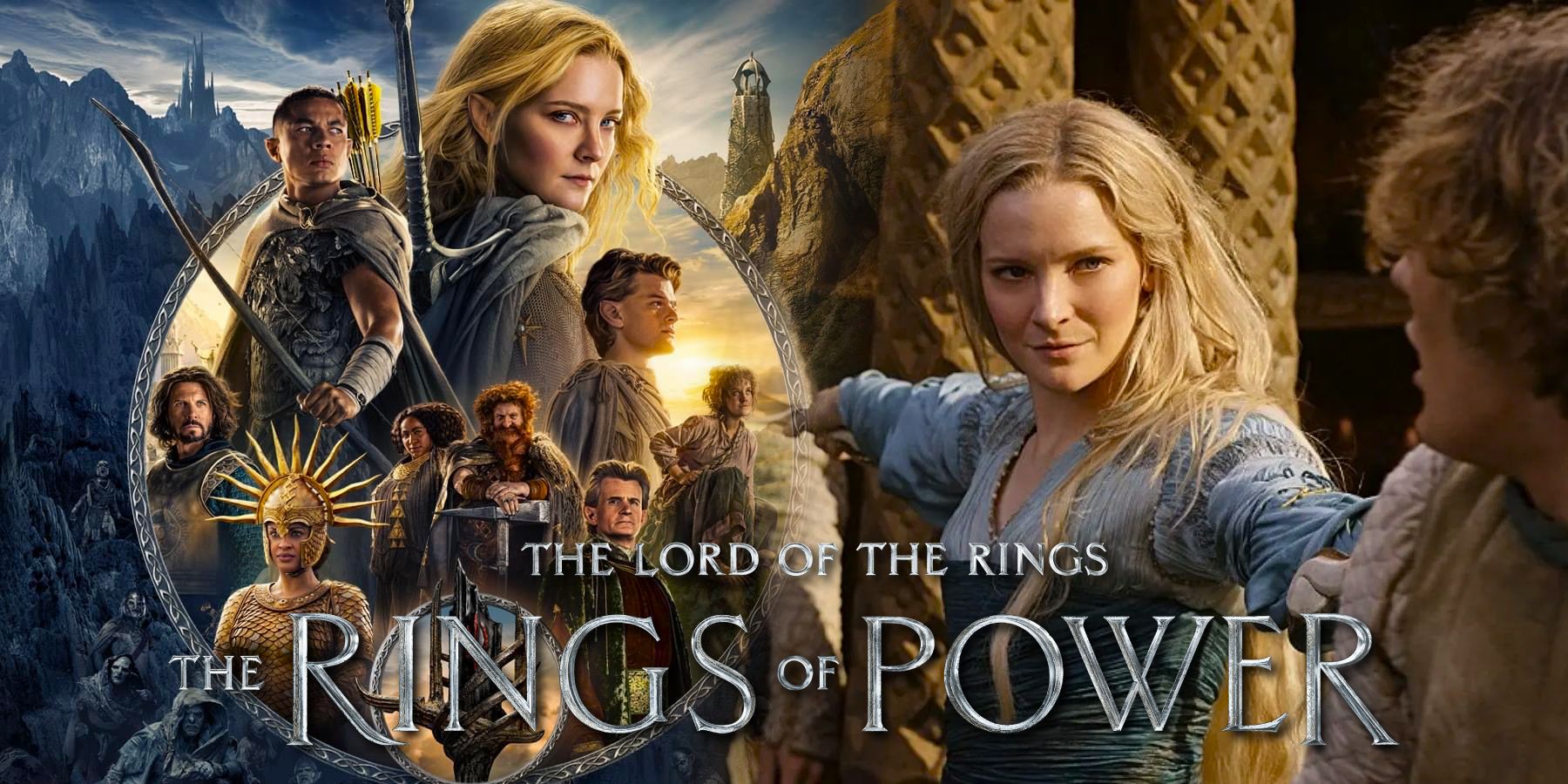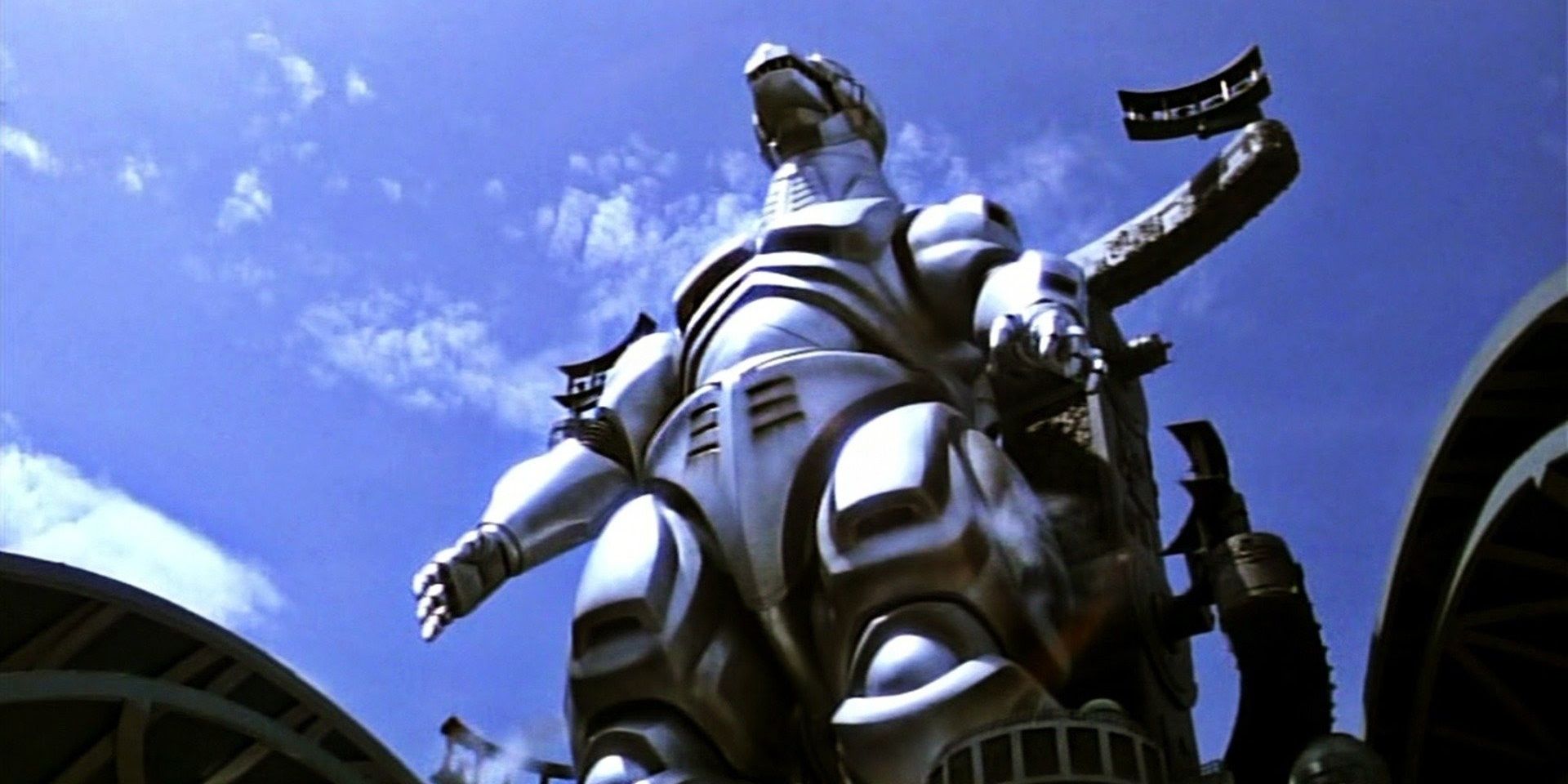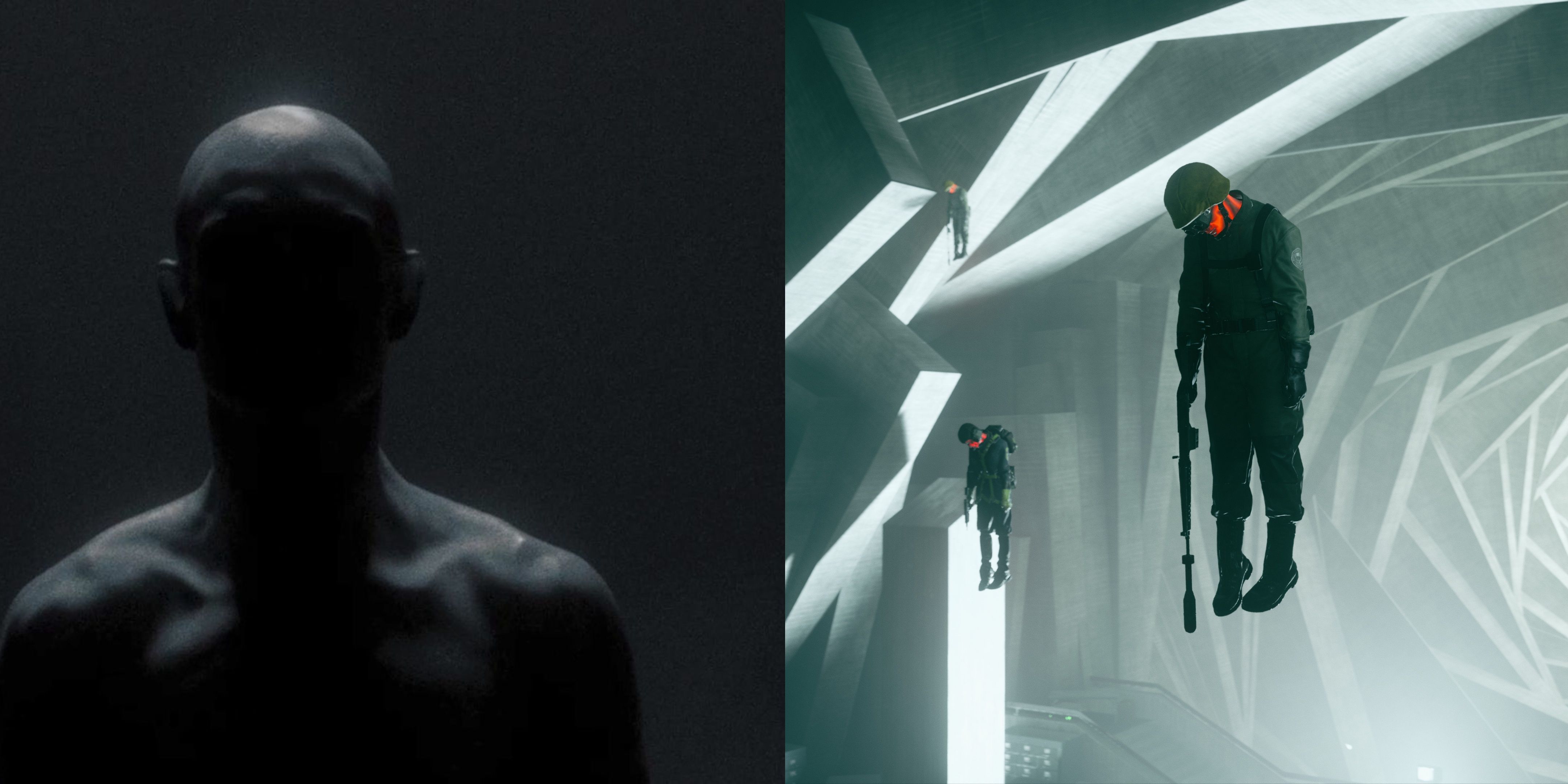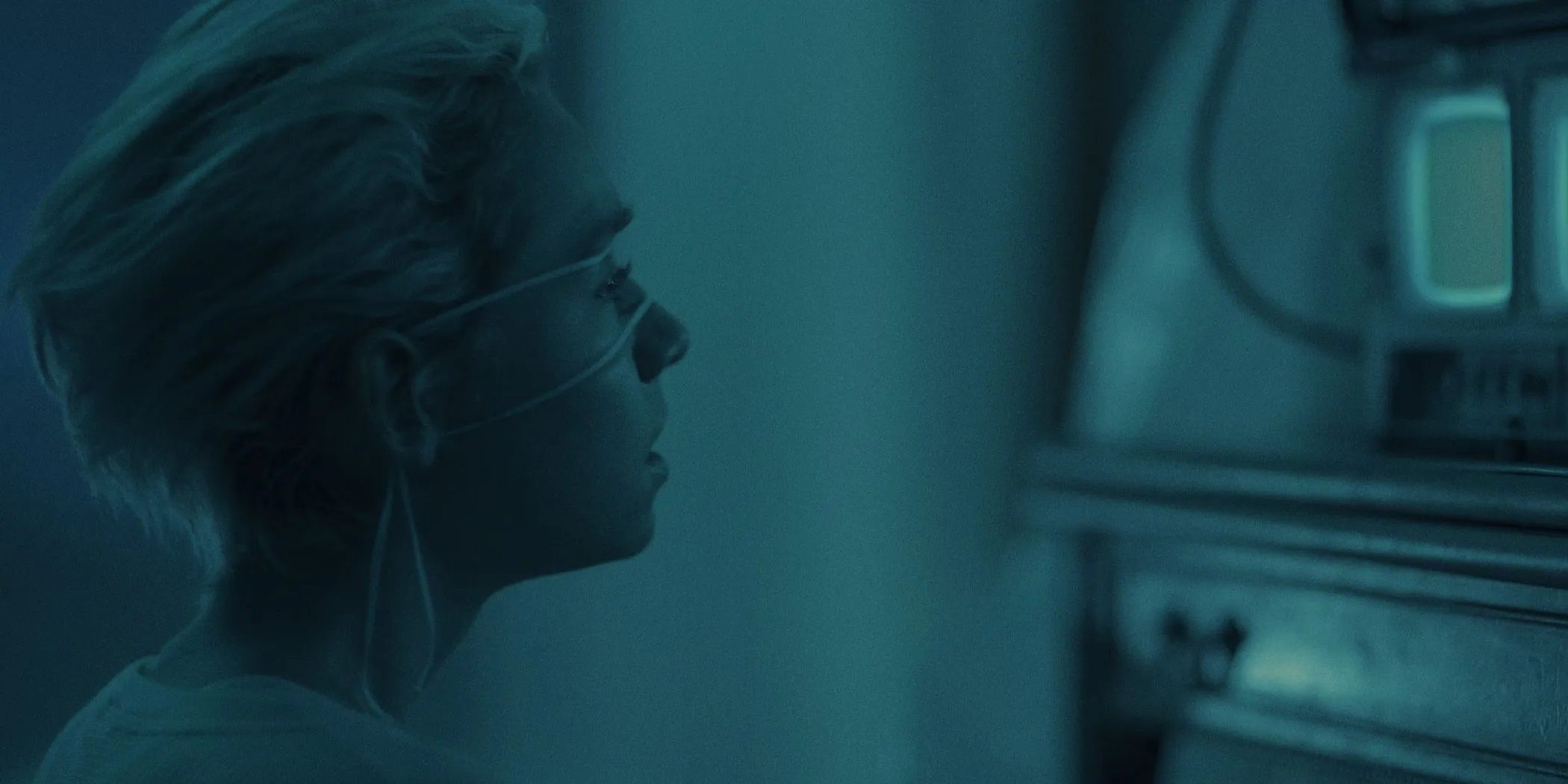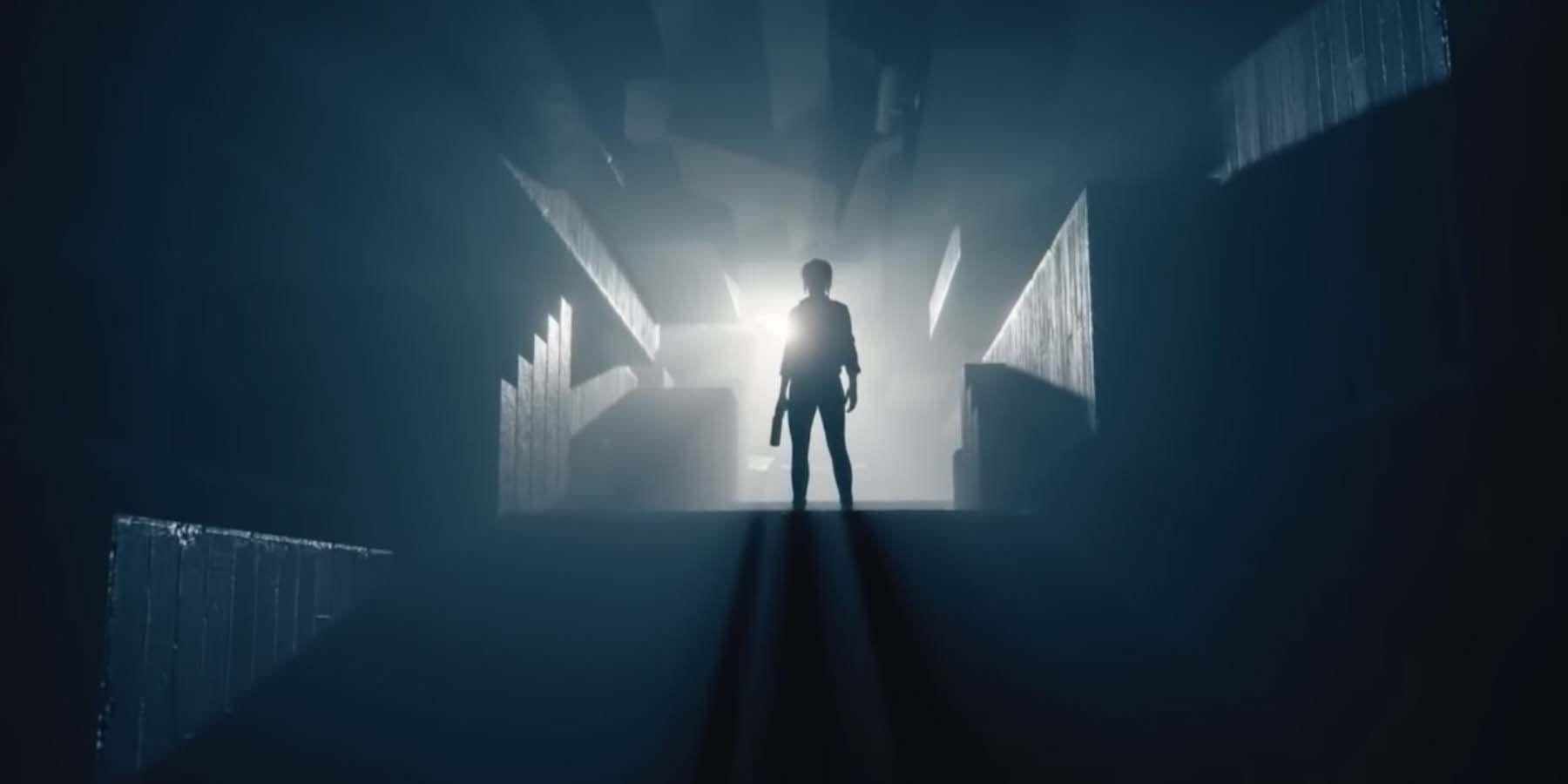Horror media borrows more from its inspiration than most genres. Influential directors do more than spur other creators into action. They create subgenres. Their names become synecdoche for networks of narrative and aesthetic tropes. That allows easy comparisons between works separated by medium, purpose, and budget. Remedy Entertainment's Control and Anthony Scott Burns' Come True share elements thanks to the tradition of dreamlike horror media that came before.
Independent horror films have the widest quality gulf of any modern art medium. Hacks crank out a thousand abysmal knock-offs of whatever was popular a decade ago, but visionaries occasionally drop something brilliant with a four or five-figure price tag. Bigger budgets can drag horror films down. The IFC Midnight label doesn't guarantee success or quality, but it is a recognizable brand name with some intriguing features.
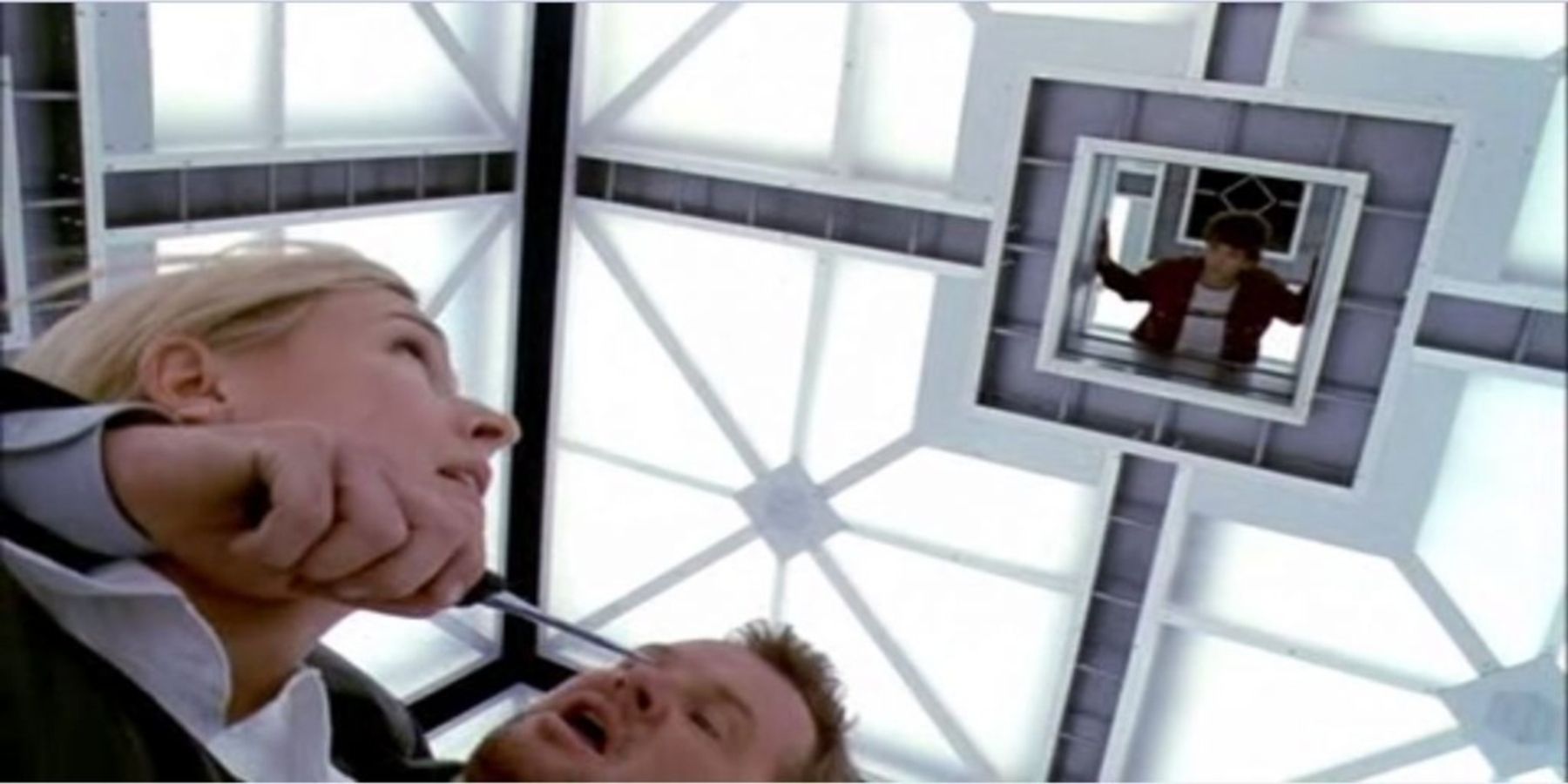
The "Bizarrchitecture" Trope in Horror, Explained
Sometimes a structure that looks man-made refuses to follow the rules that seem to govern every other type of place.
Control fans will love Come True
Director | Anthony Scott Burns |
|---|---|
Writers | Anthony Scott Burns & Daniel Weissenberger |
Cast | Julia Sarah Stone, Landon Liboiron, Tiffany Helm |
Release Date | March 12, 2021 |
Runtime | 105 Minutes |
Rotten Tomatoes Score | 86% Positive |
Anyone who has ever suffered sleep paralysis knows it's one of the worst conditions a person can have. Anyone who has heard a description of sleep paralysis is justifiably terrified of it happening to them. Come True exploits the sleep paralysis demon concept for a nightmarish horror experience. The film follows Sarah, a young lady dealing with unspecified trouble at home. She refuses to sleep in her bed, resting instead on public playgrounds or friends' bedroom floors. That leads her to fall asleep in class and consume caffeine by the gallon. Sarah suffers frequent, incomprehensible nightmares depicting black environments, impossible architecture, and faceless figures. Desperate for money, she volunteers for a mysterious experiment to monitor her sleep. The doctors refuse to share the goal.
The experiment quickly starts to go awry. Sarah's only friend in the group disappears, and the scientists won't tell her what happened. Another participant begins stalking Sarah in her daily life. After a few nights of decent sleep, her nightmares grow more terrifying, causing physical side effects. Sarah becomes enraged and threatens to quit the study. The scientists show her printed pictures of the shadowy figure that haunts her nightmares. Sarah learns that the being keeps her fellow participants awake. The shared sleep demon begins appearing in reality. Sarah must discover the truth behind her nightmares and the experiment before something terrible rises from her mind to plague the rest of the world.
Come True is available to stream on Hulu.
Similarities between Control and Come True
Come True is a slow-moving, haunting, moody horror film that spends most of its screen time watching people sleep. Control is a third-person shooter in which the player can throw chunks of stone at flying enemies. They seem different, but the similarities come in the imagery. Control is set in the Oldest House, perhaps the best-realized video game environment ever designed. The eternally shifting headquarters juts out and folds in with impossible structures haunting every corner. The building seems to be alive and aware. This leads to striking visuals that boggle the imagination. The most memorable scenes in Come True are dream sequences that feel cut from the same cloth. Sarah's dreams feel like cutscenes from Control with the narration missing. That's the most notable commonality, but they share other details, including:
- Heavy references to the works of David Lynch, especially his earlier works like Blue Velvet and Twin Peaks.
- Mundane bureaucrats and scientists juxtaposed against challenging supernatural elements.
- A mix of old-fashioned technology and impossible sci-fi ideas.
- A female protagonist who stumbles into an important position in a shady organization.
- A being that has haunted the protagonist since childhood threatens to become real.
These narrative elements happen to coincide, but the films don't share a subgenre. Control belongs in the New Weird universe. Come True is a more straightforward horror story. Its most unique visual feature, apart from the dream sequences, is the old-fashioned screens that depict nightmares through static. Narratively, both works feature a few twists and turns, but Control does nothing to match Come True's controversial ending. The story of Sarah could be an event the Federal Bureau of Control could investigate.
Control and Come True explore the haunting potential of the mind and the grim incentives of those who seem to want to help. Their narratives take very different paths, but their imagery feels shockingly similar. The dream sequences could be portals to the Oldest House. The monsters in Sarah's mind could be corrupted by the Hiss. The secret behind both works is their inspiration. David Lynch, David Cronenberg, and John Carpenter created the threads that connect this game and film. Fans of Control will love Come True because it will evoke much of the same unease and alienation. Put down the service weapon and lay down for a long, refreshing nightmare.

